14 Traditional Cakes from Different Cultures Try Baking at Home
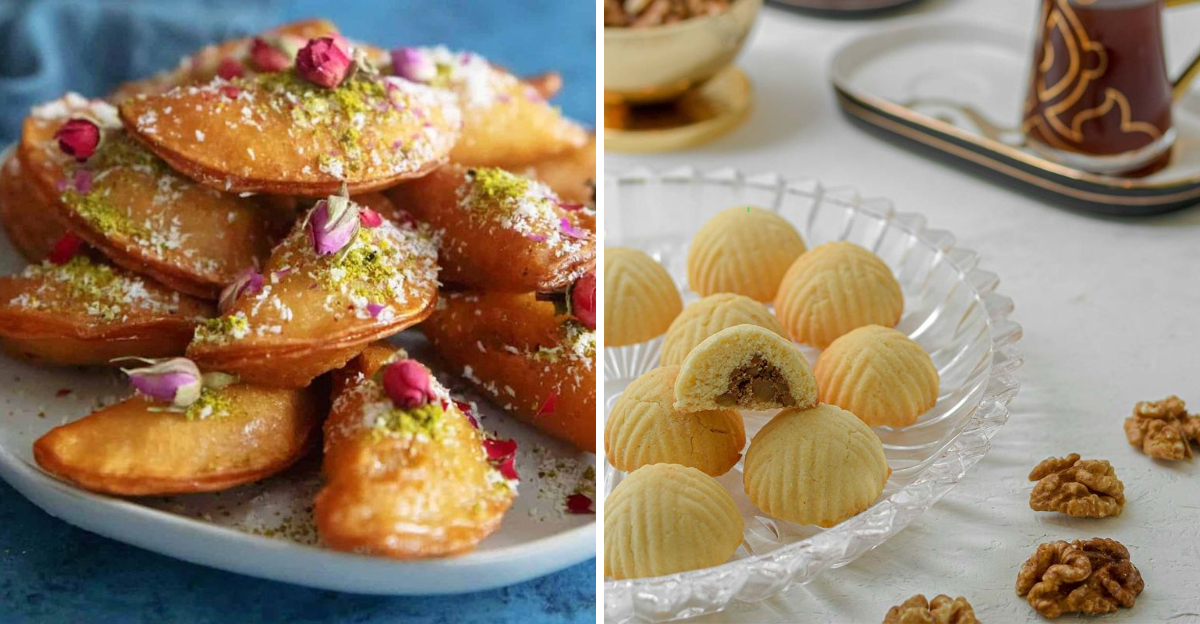
Baking is a simple and enjoyable way to explore different parts of the world from the comfort of your own kitchen. Traditional cakes often reflect the customs, ingredients, and shared moments that define cultures across continents. From the sweet, fragrant semolina desserts of the Middle East to the soft, airy rice cakes of Southeast Asia, each recipe offers a gentle glimpse into everyday life and family traditions. These cakes have been passed down through generations, carrying stories and flavors that are still appreciated today. Here are 14 traditional cakes from around the world you can try at home.
1. Basbousa
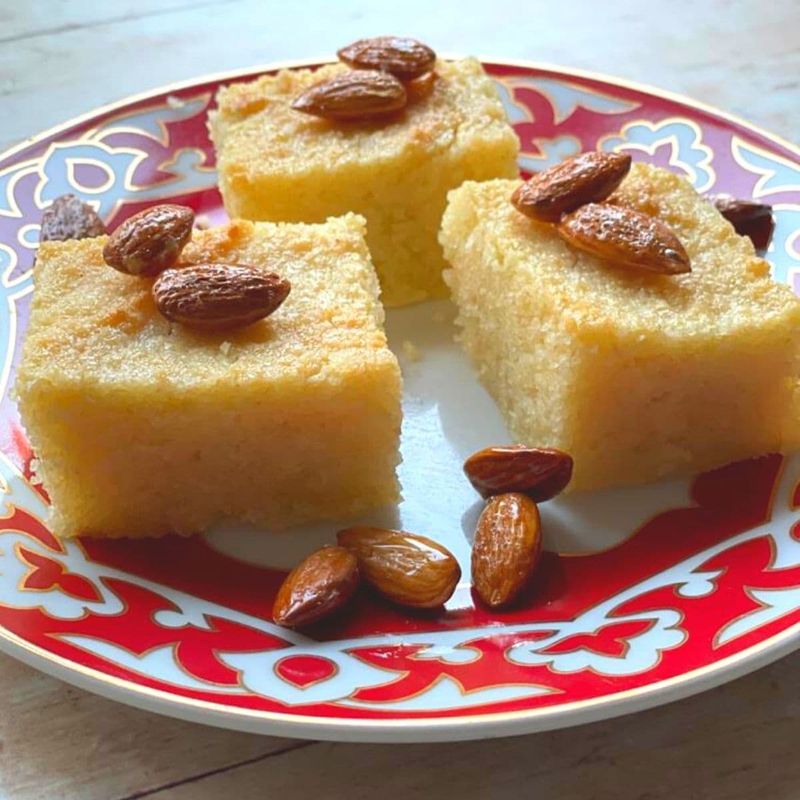
This Middle Eastern semolina cake soaks up sweet syrup like a sponge, making each piece moist. To make it, mix 300g semolina, 150g sugar, 120g yogurt, 100g melted butter, 1 tablespoon baking powder, and a pinch of salt. Press the mixture into a greased baking dish and score diamond patterns on top. Arrange 28 blanched almonds, one in each diamond. Bake at 180°C for 35 minutes until yellow brown. While baking, prepare syrup with 250ml water, 200g sugar, and 1 tablespoon lemon juice. Pour the warm syrup over the hot cake and let it absorb completely before serving.
2. Kasutera
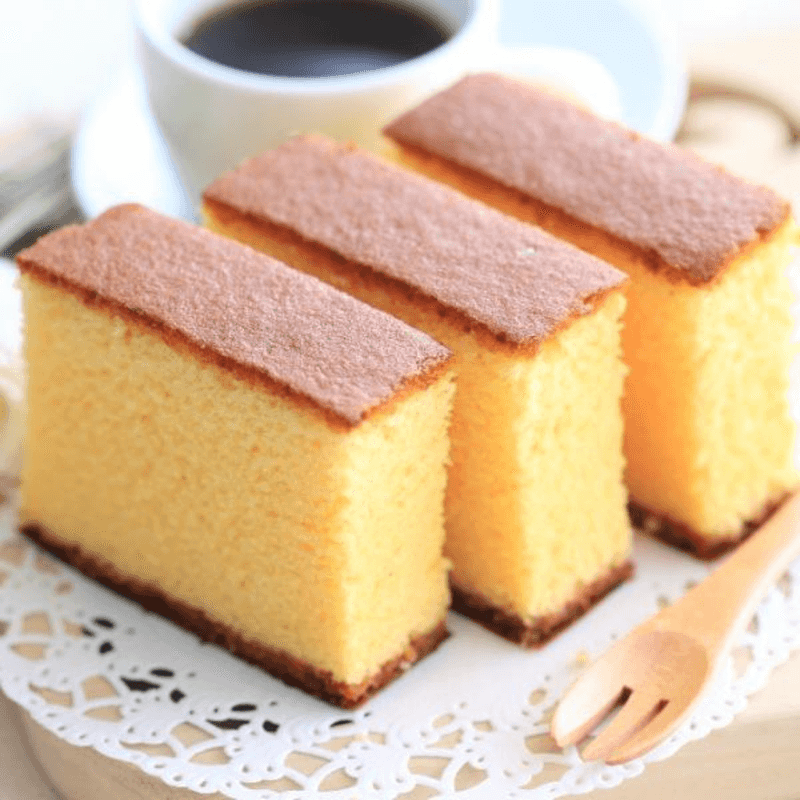
Brought to Japan by Portuguese merchants in the 16th century, Kasutera has become a liked Japanese treat. This honey-flavored sponge cake requires patience and precision. Beat 6 eggs with 200g sugar until triple in volume. Fold in 200g flour and 4 tablespoons honey mixed with 2 tablespoons warm water. Pour into a parchment-lined pan and tap to release air bubbles. Bake at 160°C for 50 minutes. Wrap the hot cake in plastic wrap and refrigerate overnight. This develops its distinctive moist, dense texture.
3. Tres Leches Cake
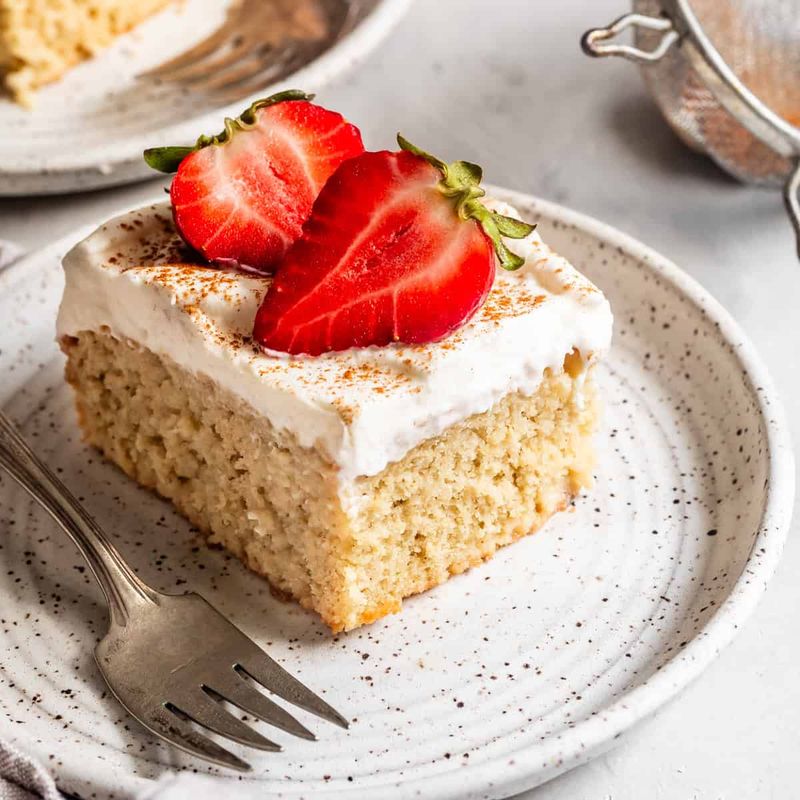
This Latin American favorite literally translates to “three milks cake.” Begin by beating 5 eggs separately – yolks with 150g sugar, whites until stiff peaks form. Combine gently, then fold in 150g flour and 1 teaspoon baking powder. Bake in a 23cm pan at 175°C for 25 minutes. Once cooled, poke holes throughout with a fork. Mix 400ml evaporated milk, 350ml condensed milk, and 250ml heavy cream, then pour over the cake. Refrigerate overnight to allow complete absorption. Before serving, top with 250ml whipped cream and a sprinkle of ground cinnamon for an authentic finish.
4. Baklava Cake
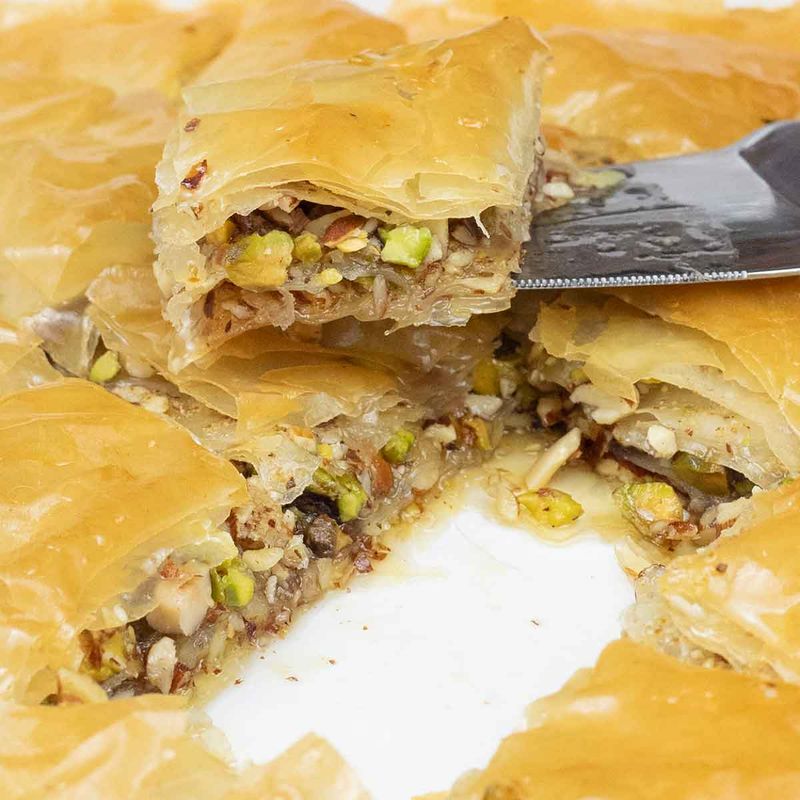
This Turkish-inspired cake transforms the traditional layered pastry into a delicat dessert. Combine 300g ground pistachios, 200g ground walnuts, 2 teaspoons cinnamon, and 1 teaspoon cardamom in a bowl. For the batter, mix 250g butter with 300g sugar, then add 4 eggs one by one. Fold in 300g flour, 2 teaspoons baking powder, and 250ml milk. Pour half the batter into a greased pan, sprinkle with half the nut mixture, add remaining batter, then top with remaining nuts. Bake at 170°C for 45 minutes. While warm, drizzle with honey syrup made from 200g honey and 3 tablespoons lemon juice.
5. Bebinca
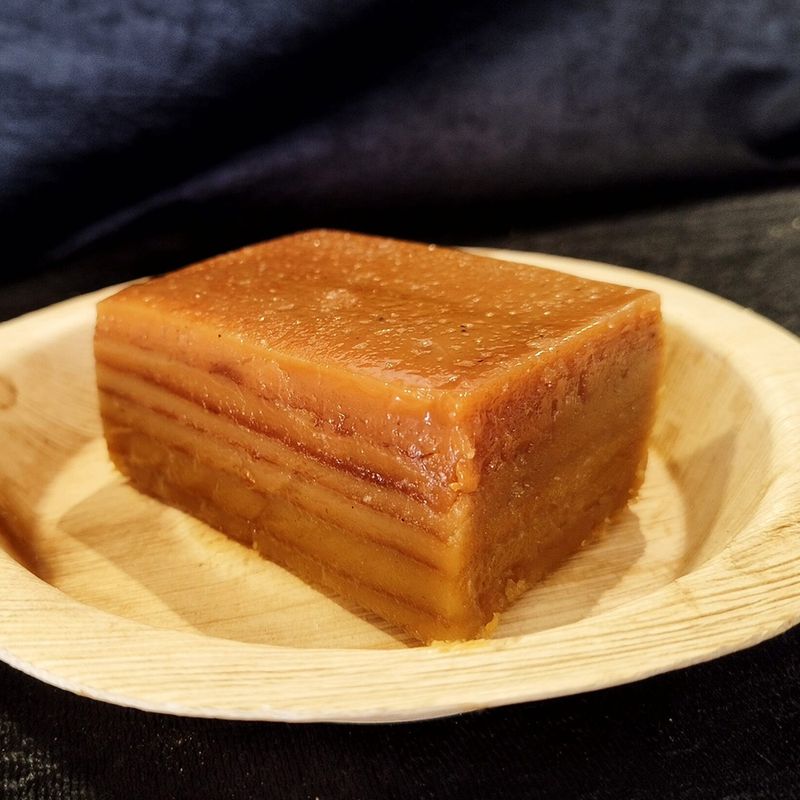
From the western coast of India comes this labor-intensive yet rewarding dessert with 7-16 thin layers. Mix 250g all-purpose flour, 450g sugar, 10 egg yolks, and 800ml coconut milk until smooth. Add 1 teaspoon cardamom powder for aromatic flavor. Pour a thin layer of batter into a greased pan. Bake at 190°C until golden, about 15 minutes. Brush with 1 tablespoon ghee (clarified butter), then add another batter layer. Repeat this process, building up alternate layers of batter and ghee. The final cake resembles a stack of thin pancakes with caramelized edges. Cool completely before cutting into diamond shapes for serving.
6. Medovik
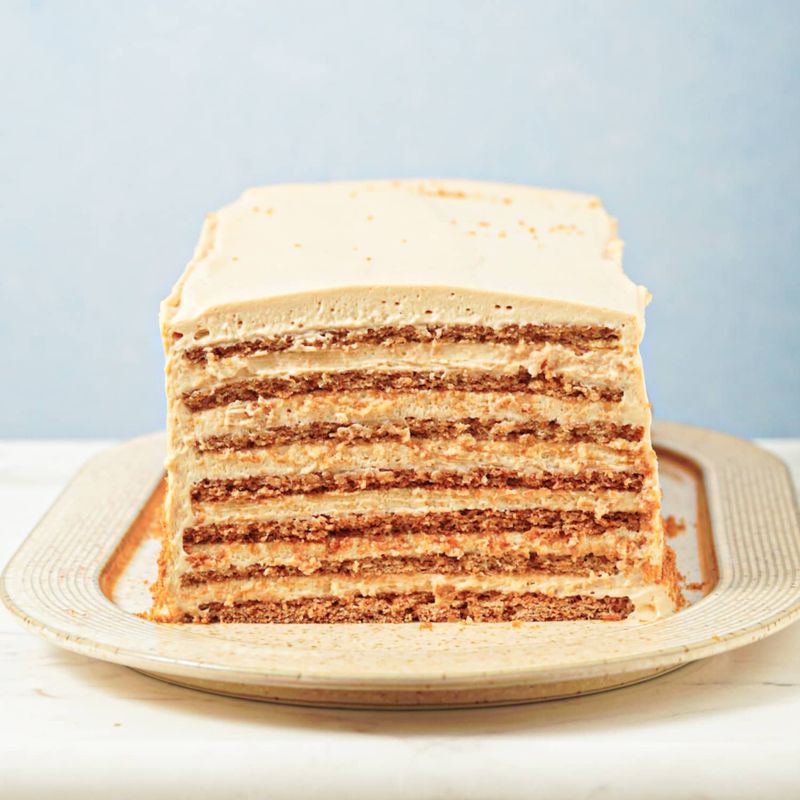
This multilayered Russian honey cake features thin cake layers separated by creamy filling. For the dough, heat 200g honey with 150g sugar and 100g butter, then mix with 3 eggs, 500g flour, and 1 teaspoon baking soda. Divide dough into 8 balls. Roll each ball paper-thin and bake at 180°C for 5 minutes until brown. For the filling, whip 700ml sour cream with 200g sugar and 2 teaspoons lemon juice until thick. Stack the cake layers with filling between each. Crumble one layer for decoration. Let the assembled cake rest in the refrigerator for at least 8 hours, preferably overnight, allowing the layers to soften and flavors to meld.
7. Kek Lapis Sarawak
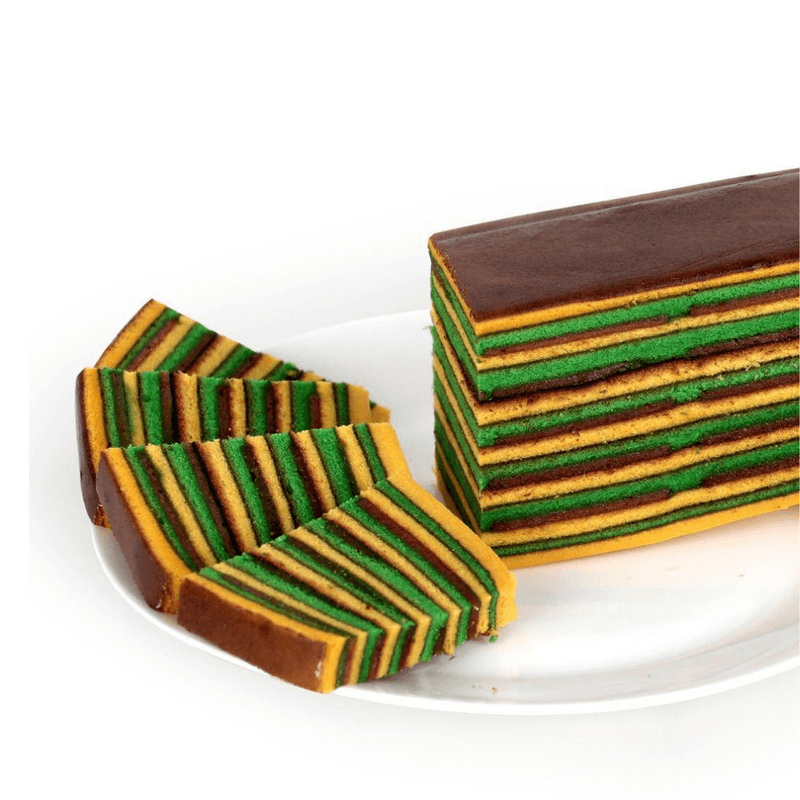
This intricate Malaysian cake features colorful patterns when sliced. Begin by creaming 500g butter with 400g sugar until fluffy. Add 12 eggs one by one, then fold in 300g flour and 1 tablespoon milk powder. Divide batter into portions and add food coloring as desired. Pour a thin layer into a square pan and bake at 180°C for 8 minutes. Remove, press down gently, then add another colored layer. Repeat until all batter is used. The most exciting part is cutting the cake into strips, reassembling them in different orientations, and slicing again to reveal checkerboard or other geometric patterns. This cake requires patience but rewards with pleasing results.
8. Qatayef
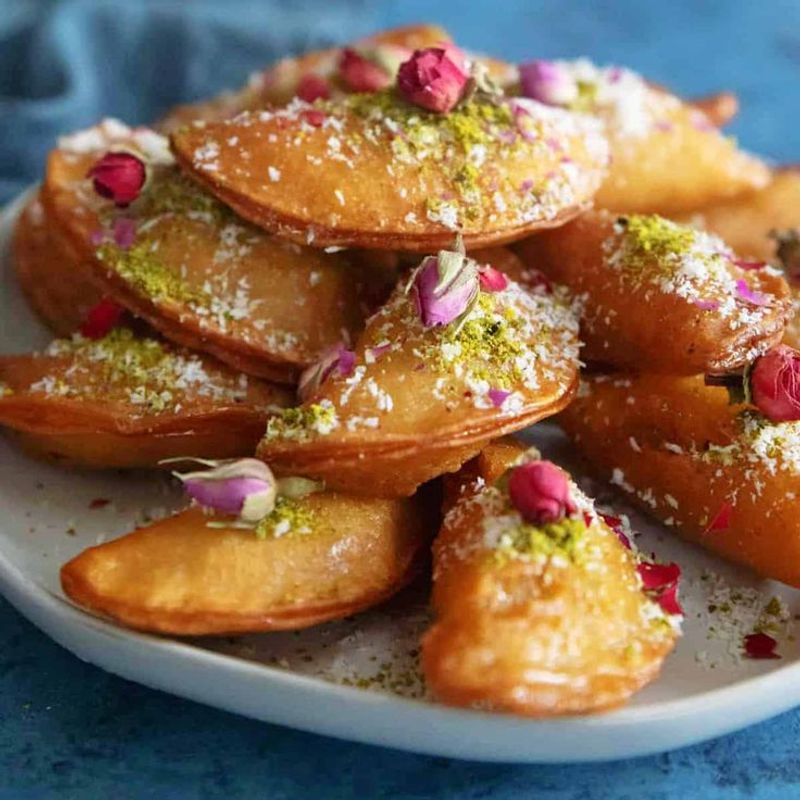
These half-moon shaped treats are especially popular during different occasions. Mix 250g flour, 1 tablespoon sugar, 1 teaspoon baking powder, and a pinch of salt. Gradually add 400ml water to form a thin batter, then let rest for 30 minutes. Heat a non-stick pan and pour small circles of batter. Cook only one side until bubbles form and the top is no longer wet. Remove and fill with a mixture of 200g crushed walnuts, 3 tablespoons sugar, and 1 teaspoon cinnamon. Fold in half and pinch edges closed. Either bake at 180°C for 15 minutes or fry until golden. Drizzle with 150g honey mixed with 1 tablespoon orange blossom water before serving.
9. Lamingtons
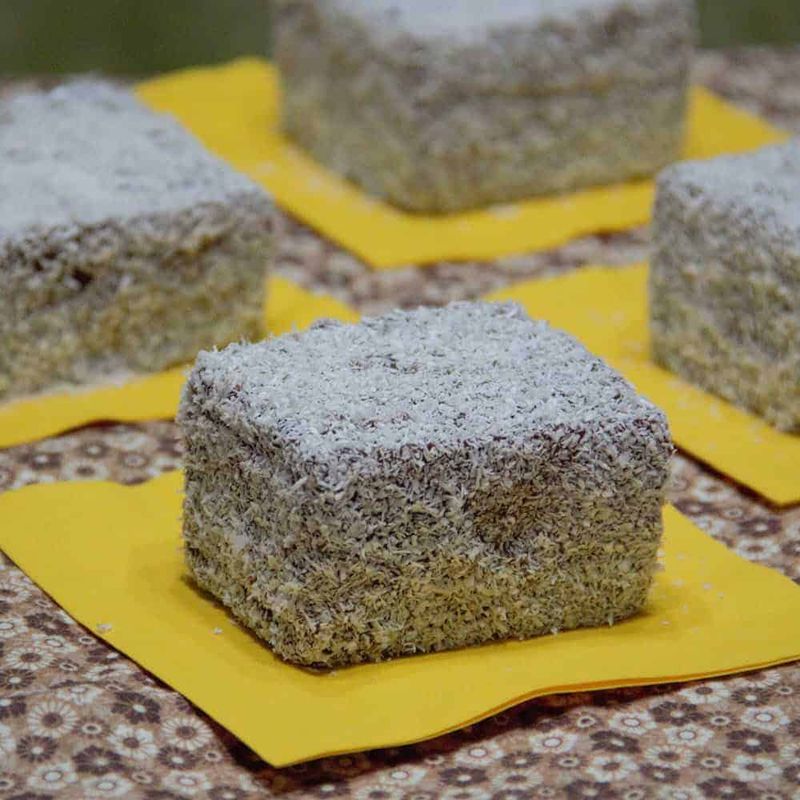
These Australian treats consist of sponge cake cubes coated in chocolate and rolled in coconut. Make a basic sponge by beating 3 eggs with 150g sugar, then folding in 150g flour, 20g cornstarch, and 1 teaspoon baking powder. Bake in a square pan at 180°C for 25 minutes. Once cooled, cut into 5cm cubes. For the coating, mix 450g powdered sugar, 50g cocoa powder, 15g butter, and 125ml milk to make a thin chocolate glaze. Dip each cube into the chocolate mixture, then roll in 200g desiccated coconut. Let set on a wire rack. The contrast between fluffy cake, rich chocolate, and textured coconut makes these treats tasty.
10. Mawa Cake
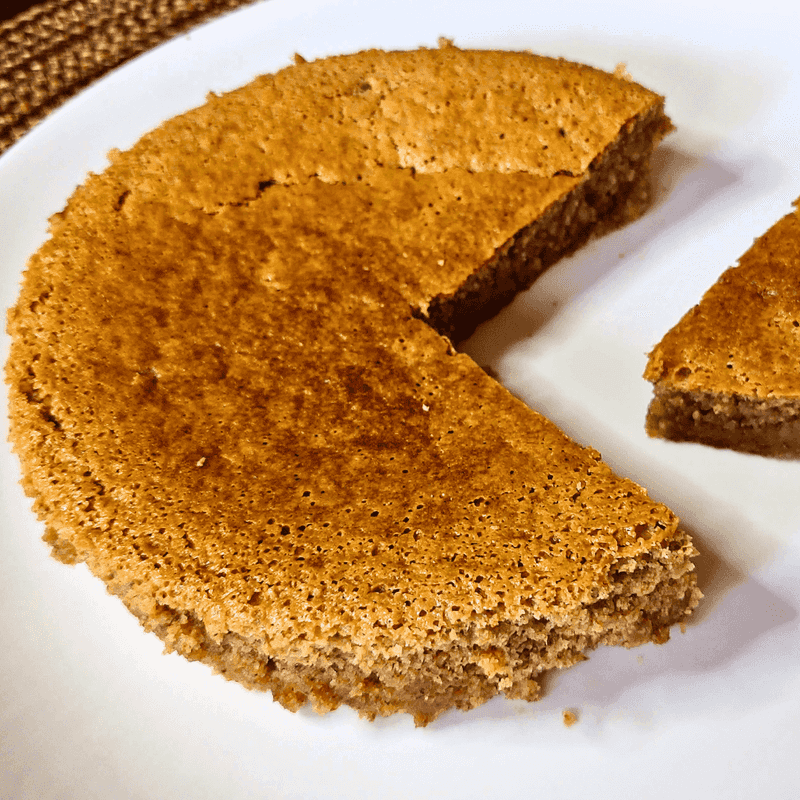
This aromatic cake from Mumbai’s Irani cafés gets its rich flavor from mawa (reduced milk solids). To make mawa, simmer 1 liter milk until it reduces to 200g of solids, about 1-2 hours, stirring frequently. Cream 150g butter with 200g sugar, then add the cooled mawa and 3 eggs. Mix in 200g flour, 1 teaspoon baking powder, and 1 tablespoon cardamom powder. Fold in 50g chopped cashews and 50g chopped pistachios. Bake in a loaf pan at 180°C for 40 minutes. The cake has a dense, moist texture with a beautiful aroma of cardamom and nuts. Dust with powdered sugar before serving for an authentic glaze.
11. Bolo de Rolo
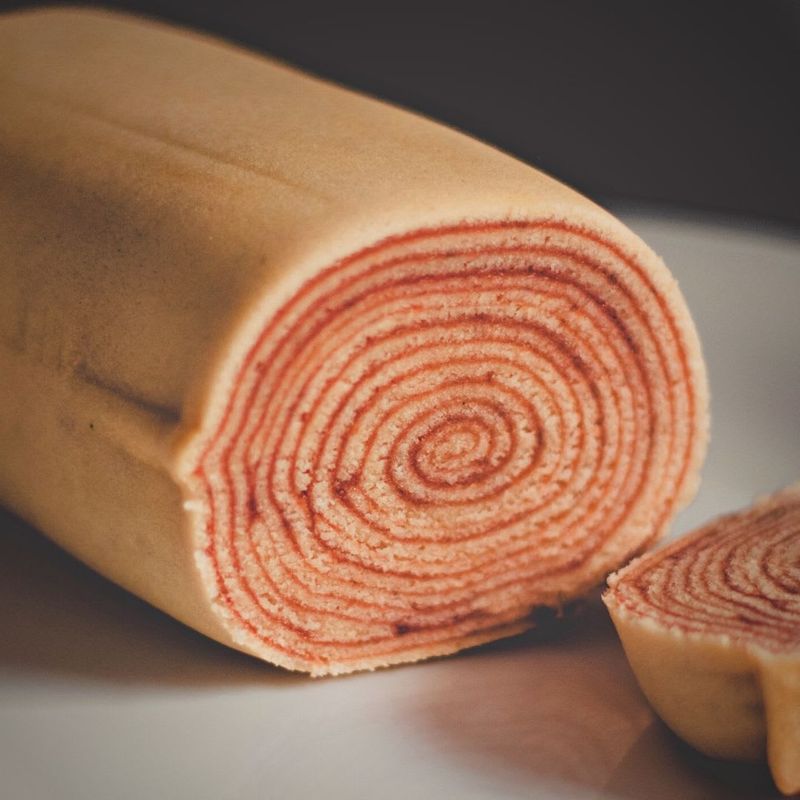
This Brazilian specialty from Pernambuco features multiple thin layers of cake rolled with guava paste. Beat 250g butter with 250g sugar until creamy. Add 5 eggs one by one, then fold in 250g flour and 1 teaspoon baking powder. Spread a thin layer of batter on a baking sheet and bake at 200°C for just 3-4 minutes. While still warm, spread with a thin layer of guava paste (300g total, melted with 2 tablespoons water). Roll up from one short end. Repeat the process, adding each new layer to the roll. The finished cake has a beautiful spiral pattern when sliced. Chill before serving to make clean cuts easier.
12. Ma’amoul
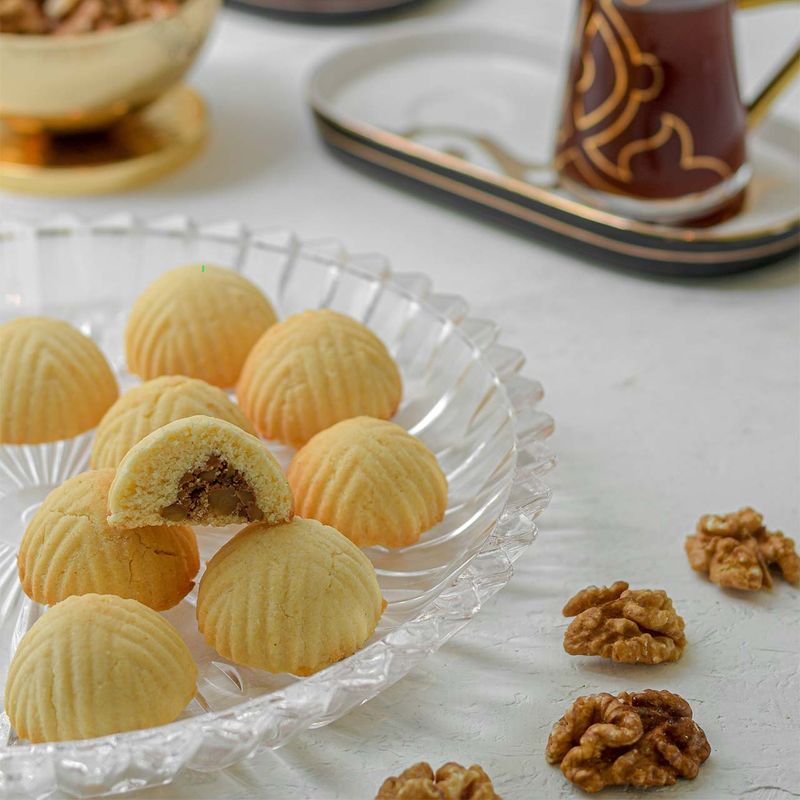
These decorative cookies are staples during different occasions across the Levant. Mix 500g semolina with 200g butter and let rest overnight. Next day, add 100g flour, 1 tablespoon rose water, 2 tablespoons orange blossom water, and 125ml milk to form a dough. For the filling, blend 400g pitted dates with 1 teaspoon cinnamon and 2 tablespoons butter until smooth. Take a ball of dough, flatten it, add date filling, and seal. Press into a wooden mold or pattern with a fork. Bake at 190°C for 15-20 minutes until lightly golden. Once cooled, dust with powdered sugar. The contrast between the crumbly exterior and sweet filling makes these treats tasty.
13. Bibingka
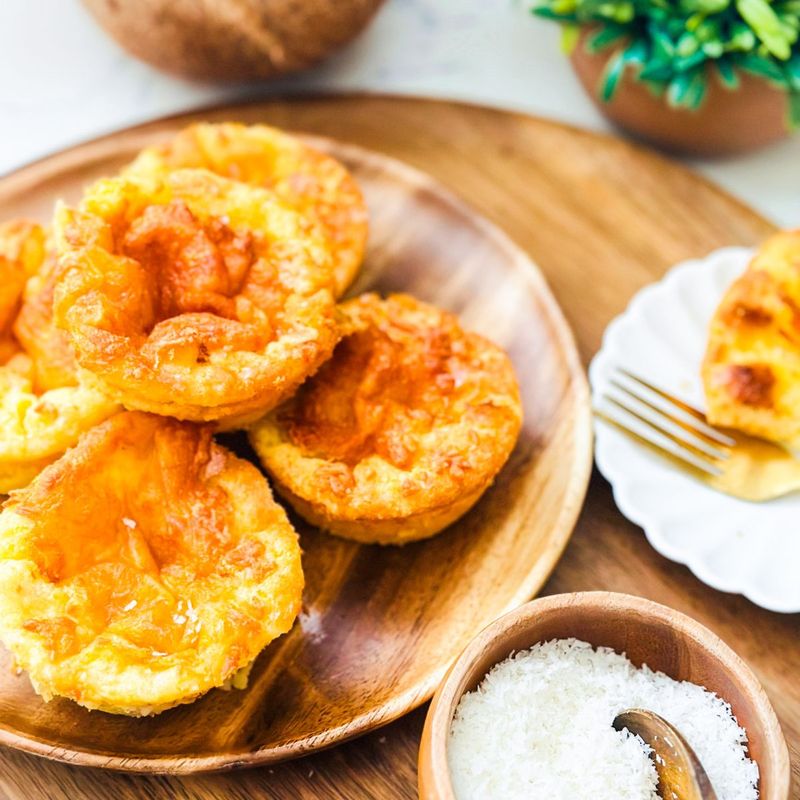
Traditionally cooked in clay pots lined with banana leaves, this Filipino cake has a smoky aroma. Mix 250g rice flour, 2 teaspoons baking powder, and 200g sugar. Add 400ml coconut milk and 3 eggs, stirring until smooth. Line a cake pan with banana leaves (optional but adds authentic flavor). Pour in the batter and top with 50g grated coconut. Bake at 180°C for 25 minutes. Halfway through, add 50g salted egg slices and 50g more grated coconut on top. The finished cake has a soft, slightly sticky texture with a caramelized top. Brush with 2 tablespoons melted butter and serve warm with more grated coconut for an authentic experience.
14. Gugelhupf
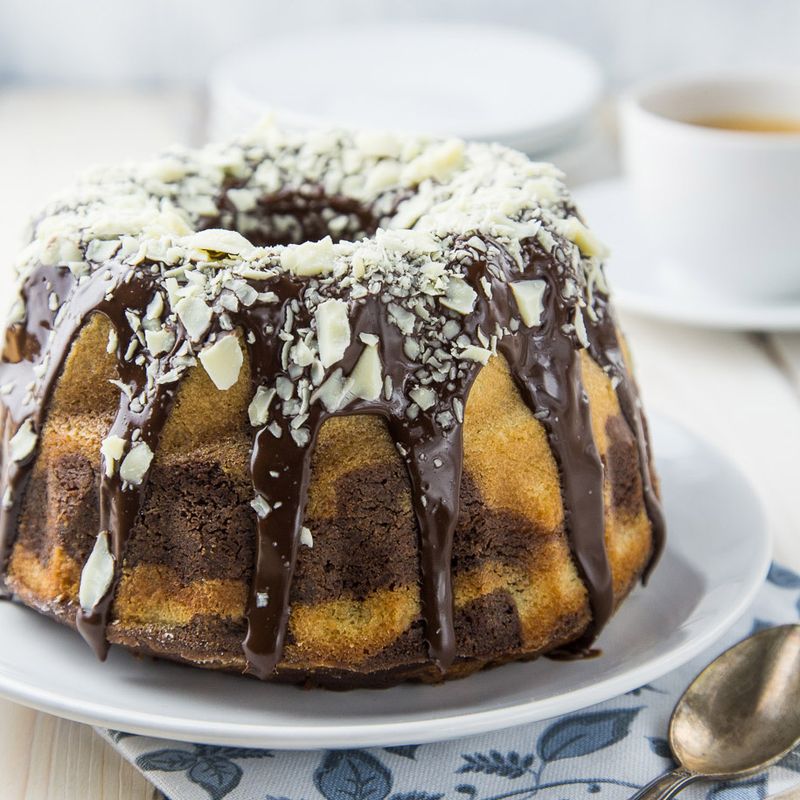
This ring-shaped cake from Central Europe has been gracing tables for centuries. Combine 250g butter with 200g sugar until fluffy, then add 4 eggs one by one. Mix in 1 teaspoon lemon zest for brightness. In a separate bowl, combine 300g flour with 2 teaspoons baking powder. Alternately add the flour mixture and 100ml milk to the butter mixture. Fold in 100g raisins (soaked in tea overnight and drained) and 100g chopped almonds. Pour into a buttered and floured Gugelhupf mold. Bake at 170°C for 50-60 minutes. Once cooled, dust with powdered sugar. The distinctive ring shape with its ridged exterior makes this cake tasty.
